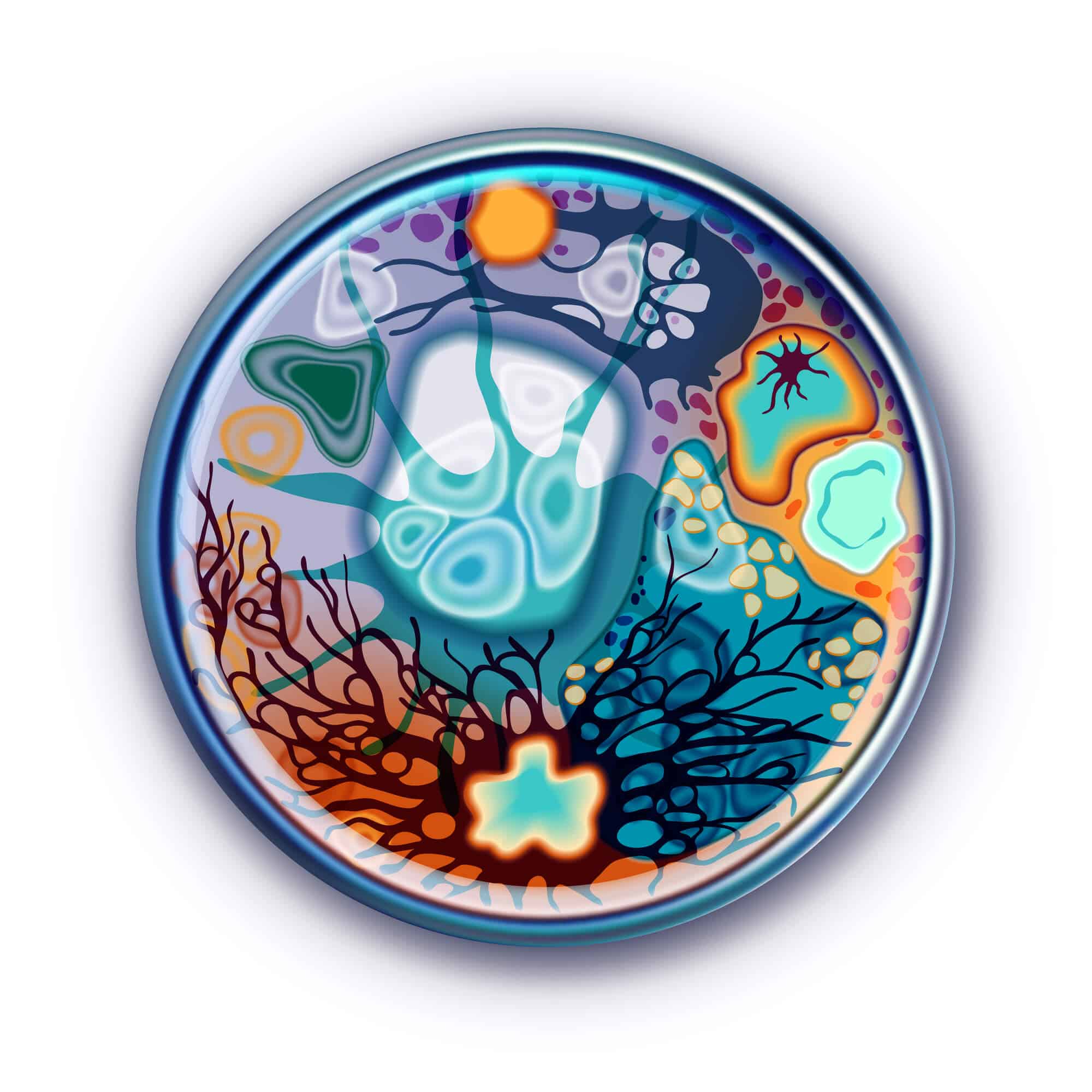The researchers showed that these proteins are not used to create bubbles to transfer proteins between organelles inside the cell, as is written in all the biology books, but rather for the final sorting of the proteins that go their way - opening the door to a new generation of drugs for genetic diseases

Researchers from Tel Aviv University, led by Prof. Korat Hirschberg from the Department of Pathology at the Faculty of Medicine, disproved a well-established scientific theory regarding a group of proteins called COPII. Using the CRISPER genetic manipulation system, the researchers from Tel Aviv University showed that these proteins are not used to create bubbles to transfer proteins between organelles within the cell, as is written in all biology books, but rather for final sorting of the proteins that go their way. The surprising findings, published in the prestigious Journal of Cell Biology, can be used in the future to treat a wide variety of genetic diseases.
"In 2013, the American biologist Randy Shakman won the Nobel Prize for Medicine for the discovery of a group of proteins called COPII," explains Prof. Hirschberg. "Since Shakman's discovery, which of course preceded the award by many years, many researchers have characterized the group - and today it is generally believed that the COPII proteins serve as the shell of bubbles, or vesicles, that transport proteins between organelles within the cell. The claim is so well-founded that it already appears in biology textbooks. The problem was mainly that all those researchers isolated these proteins in vitro, and indeed bubbles were formed, but this is not the role of COPII in living systems at all. After all, not everything that happens to isolated proteins in a test tube also happens in the whole cell."
To test their model for the role of proteins in the intracellular transport system, the researchers from Tel Aviv University used a combination of advanced systems of microscopes based on laser beams for imaging living cells, together with the innovative genetic manipulation system CRISPER.
A fluorescent protein from jellyfish inside human cells
"We took a fluorescent protein whose origin is in jellyfish, which emits red light when exposed to green light," says Prof. Hirschberg. "Using the CRISPER method, we caused the fusion of the fluorescent proteins with the COPII proteins within the genetic material of HeLa cells of human origin, so that we could follow their movement in real time inside the cell. And the result was clear: the COPII proteins not only did not move at all, nor did they form the bubbles, but sat permanently on the membrane of a giant organelle known as the endoplasmic reticulum. This organelle is responsible, among other things, for the quality control system of the cell's protein production. He decides which proteins will be transported in the bubbles and where they will end up. But this does not mean that the COPII proteins have no role in the transport system. On the contrary: we found that they are the last gatekeepers before the formation of the convection bubbles, when they demarcate defined structures on the endoplasmic reticulum membrane called ER exit sites. There, under the control of COPII proteins, the proteins that are supposed to move in bubbles are concentrated. So the COPII proteins have the 'last word' on the question of who is suitable to go out and who is not."
According to Prof. Hirschberg, the new model from Tel Aviv University has very practical consequences. "Many genetic diseases, such as cystic fibrosis for example, are caused by mutations in proteins, which the cell's quality control system does not recognize and blocks their movement. If the COPII protein complex is the one that decides whether the protein is suitable or not to go out of the organelle, we have a target for a new class of drugs. Maybe manipulation of these proteins will allow us to determine who got out and who didn't."
More of the topic in Hayadan:
